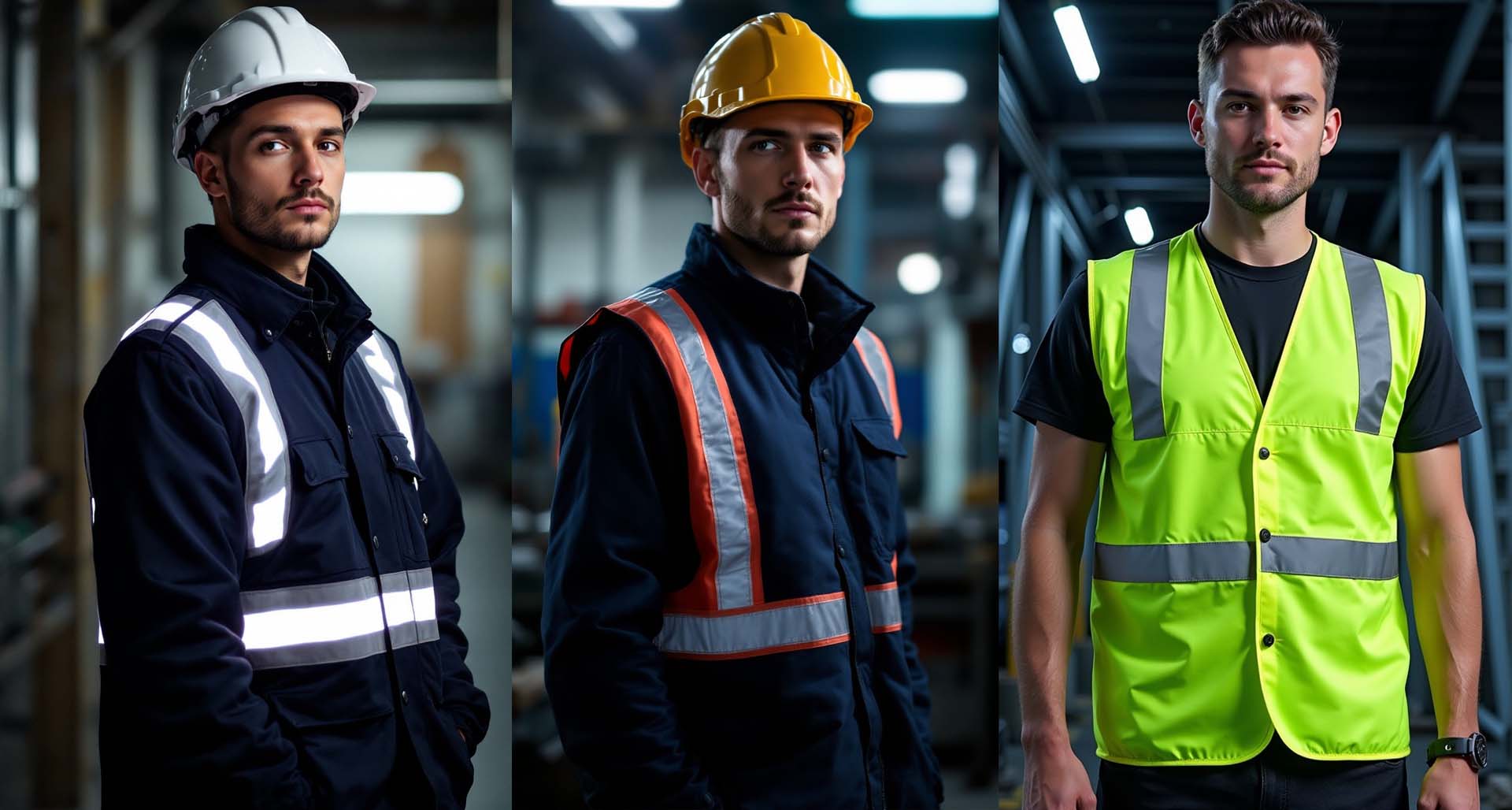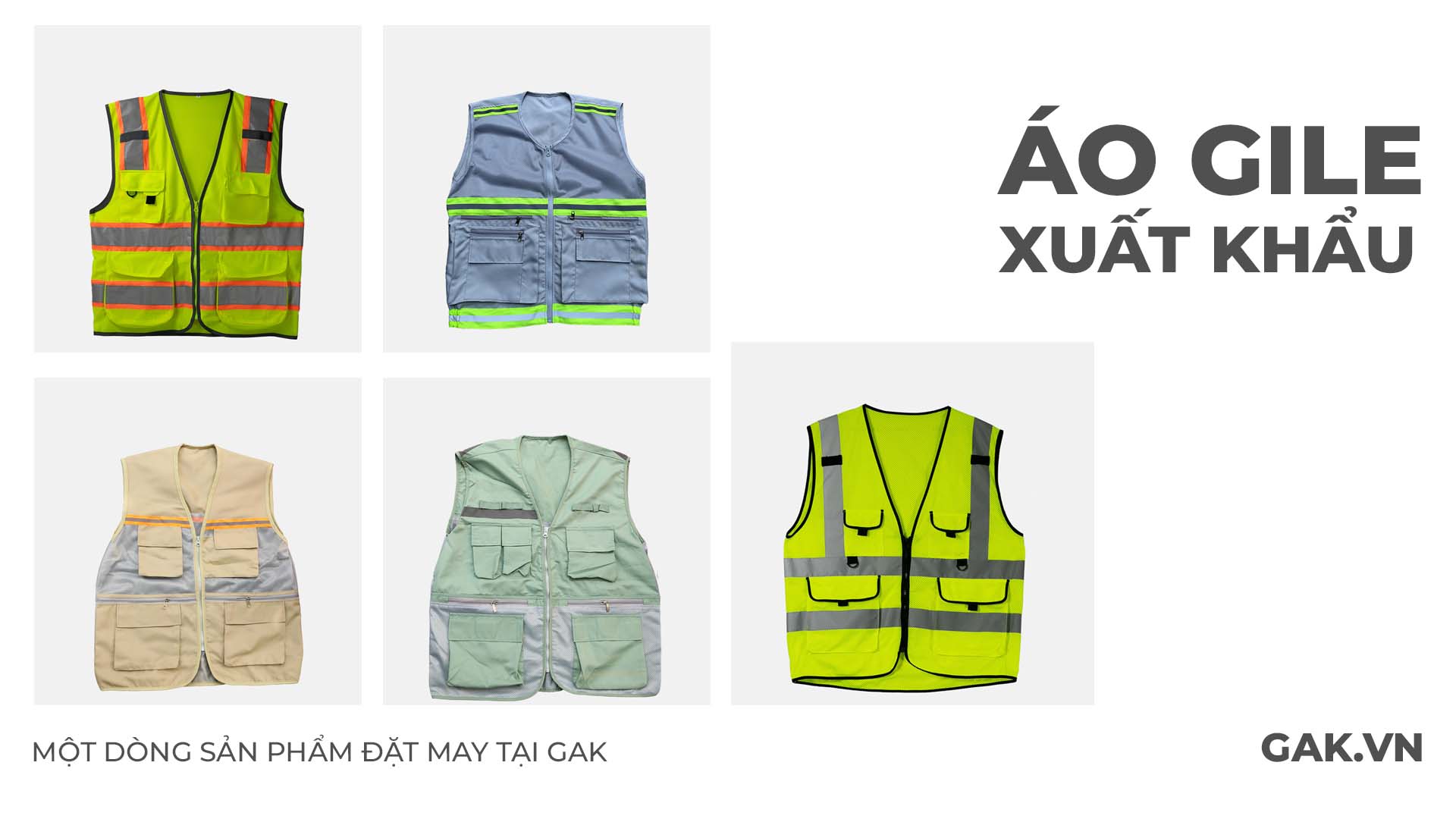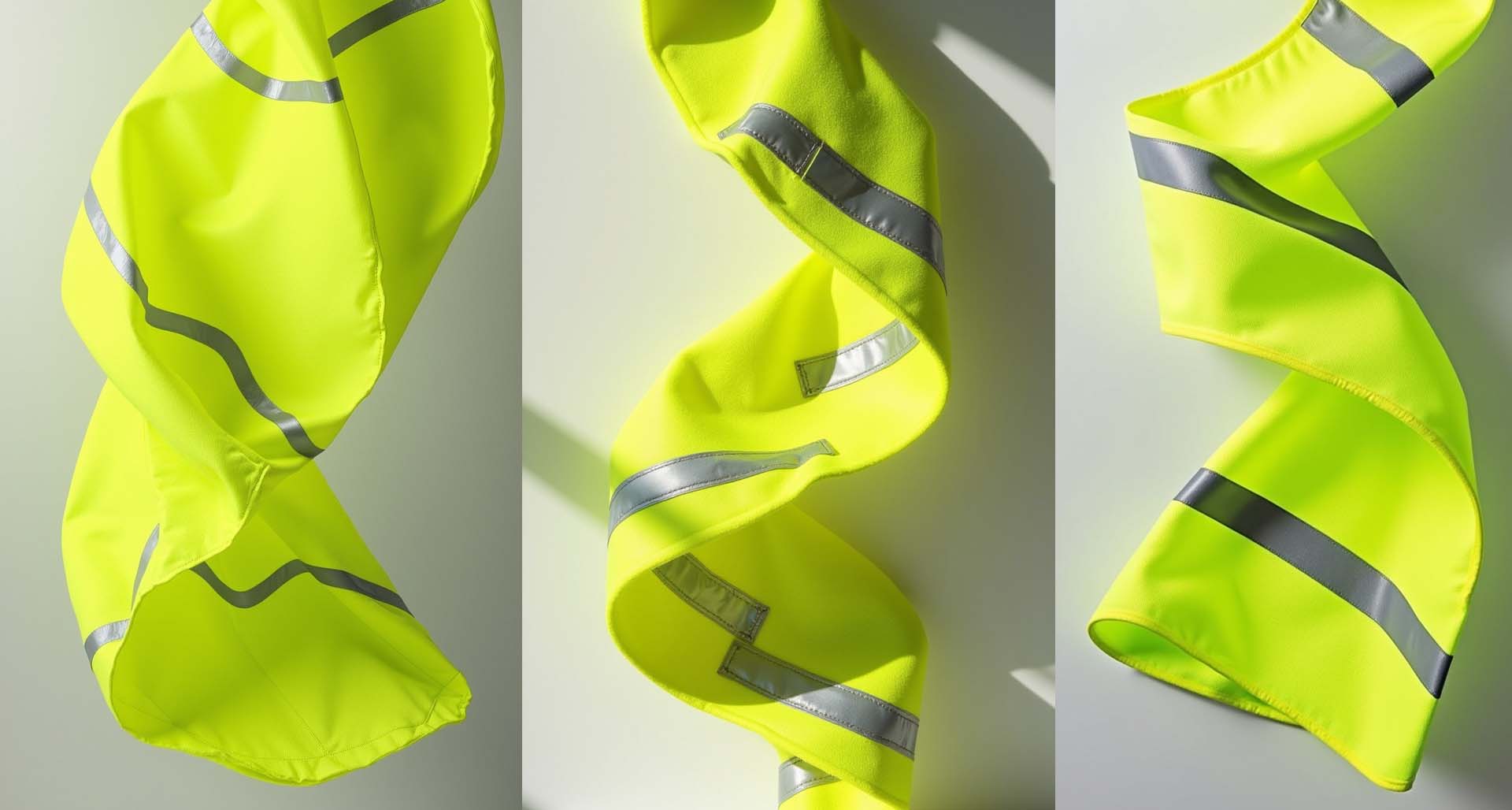When Should a Safety Vest Be Replaced?
Replacing safety vests regularly is essential, as they serve as an outer garment that protects you in low-light environments. However, replacing a safety vest before its lifespan has ended can lead to unnecessary waste. Let GAK help you navigate this decision with this helpful guide.
Signs You Need to Replace Your Safety Vest
You should replace your safety vest if you notice the following signs:
- Reflective Strips Are Faded or Discolored: If the reflective strips on the vest have faded or become dark and dull, the vest's visibility is compromised.
- Reflective Strips Are Burnt or Peeling: If the reflective strips are damaged, burnt, or peeling off, it affects their ability to reflect light effectively.
- Stubborn Stains That Won’t Wash Out: If the vest is covered in stains that won’t come out, it may compromise the vest’s visibility and cleanliness.
- Tears, Snagged Zippers, or Holes: Any physical damage like rips, stuck zippers, or holes on the vest can reduce its protective capacity and should prompt a replacement.
- Unpleasant Odor: If the vest develops a persistent foul odor, it could be a sign that it’s no longer in optimal condition and may need to be replaced.
- Note: You might not notice that the reflective strips have lost their function under normal indoor lighting conditions. A simple test is to turn your back to a light source, cover the area where the reflective strips are, and check if light is reflected. If it reflects, the vest is still usable; if not, it’s time to replace it.

see more:
- What Type of Safety Vest Should Drivers Choose for Night-Time Safety?
- What is the Function of a Safety Vest?
- How to Ensure Safety at Heights and What Are the Mandatory Safety Rules?
- What is a Warehouse Safety Vest and Why is it Needed in Warehouses?
- How to Differentiate Between Engineer, Traffic, and Worker Safety Vests?
Lifespan of a Safety Vest
The lifespan of a safety vest depends on several factors, including how frequently it's worn, the work environment, and how often it’s washed. Here are some general guidelines based on products from GAK:
1. Safety Vest
 A safety vest typically lasts anywhere from 3 to 8 months. Frequent use, exposure to harsh conditions, or improper maintenance can shorten this lifespan.
A safety vest typically lasts anywhere from 3 to 8 months. Frequent use, exposure to harsh conditions, or improper maintenance can shorten this lifespan.
- see more:
- Safety Vest with 2 Side Elastic Mesh
- Hi-vis Type 3m safety vest high
- Hi Vis Palize Safety Vest
Hi-Vis safety Vest for Public Works and Street Maintenance Personnel
2. Reflective Jacket
Reflective jackets made from fabrics like parachute fabric or regular khaki typically last from 9 to 12 months, depending on how often they’re washed and how they’re dried.
3. Reflective Gilets

Reflective gilets typically last 8 to 12 months, but machine washing may reduce the lifespan.
How to Extend the Lifespan of Your Safety Vest

Here are some tips to help keep your safety vest in good condition:
- Limit Machine Washing: Machine washing, especially with high-spin cycles, can cause the fabric's weave to distort and break, reducing the lifespan of the vest. Hand washing is recommended. Turn the vest inside out and wash gently with a limited number of spins to preserve the fabric.
- Clean After Each Use: Ensure that the vest is cleaned properly after each workday, especially if it’s dirty. If it’s not too soiled, wipe it down with a damp cloth instead of washing it completely.
- Dry Properly: Avoid direct sunlight when drying the vest. Hang it in a shaded area for 45 minutes to 1 hour to prevent the reflective strips from fading.
Conclusion
Replacing a worn-out safety vest or one that has surpassed its lifespan is crucial for your protection at work. A damaged or ineffective safety vest cannot provide the necessary visibility and safety that you need, which could lead to dangerous situations. If you're looking for a replacement, check out GAK's online store for a variety of reflective vests that meet your needs.



